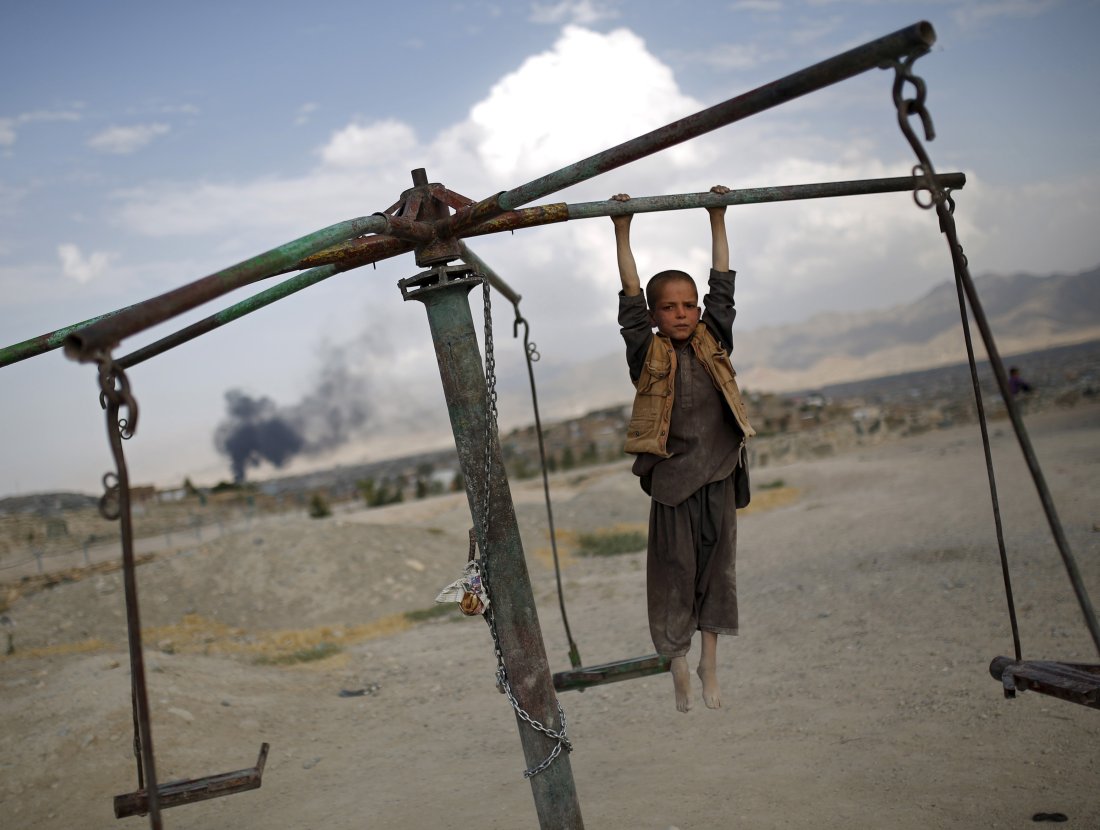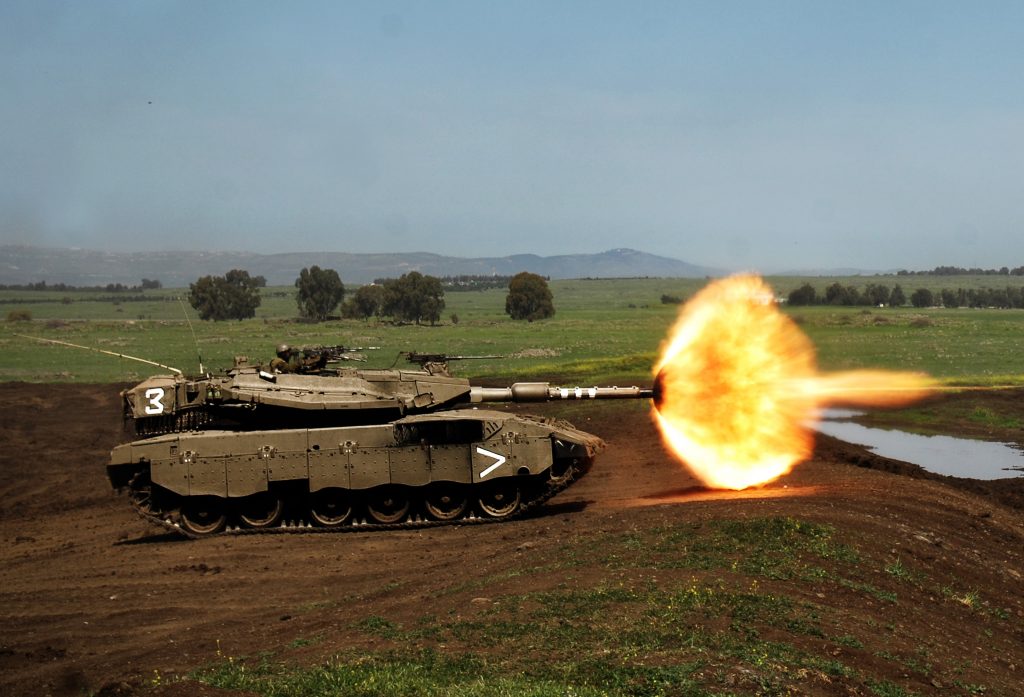Thomas WATKINS,
 IS claimed responsibility for an attack on a government ministry in Kabul that killed at least seven civilians and three Afghan troops IS claimed responsibility for an attack on a government ministry in Kabul that killed at least seven civilians and three Afghan troops (AFP Photo/STR)
IS claimed responsibility for an attack on a government ministry in Kabul that killed at least seven civilians and three Afghan troops IS claimed responsibility for an attack on a government ministry in Kabul that killed at least seven civilians and three Afghan troops (AFP Photo/STR)
Islamic State fighters who waged a bloody campaign in Syria and Iraq are heading to Afghanistan to continue their jihad and help plot "spectacular" attacks against America, a US official has told AFP.
The warning comes as IS seeks to assert a regional influence after the loss of its self-proclaimed Middle East "caliphate", and as South Asia reels from a series of devastating attacks.
"We know some have already made their way back here and are trying to transfer the knowledge, skills and experience they learned over there," a senior US intelligence official in Kabul told AFP in a recent interview.












/arc-anglerfish-arc2-prod-mco.s3.amazonaws.com/public/3JKWSYIKQBB6XDFDMX77UTI3WQ.jpg)

